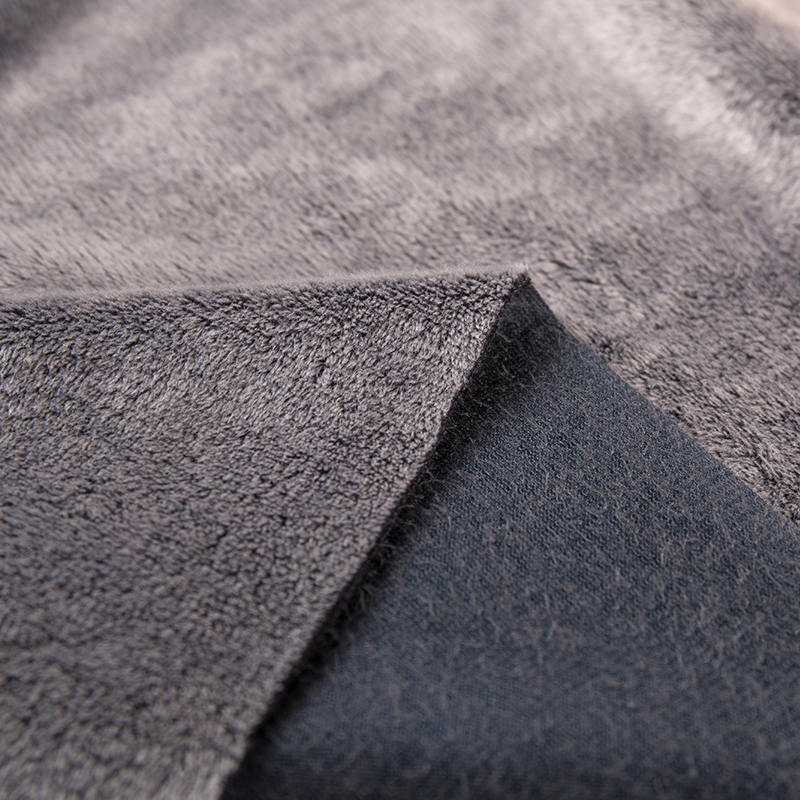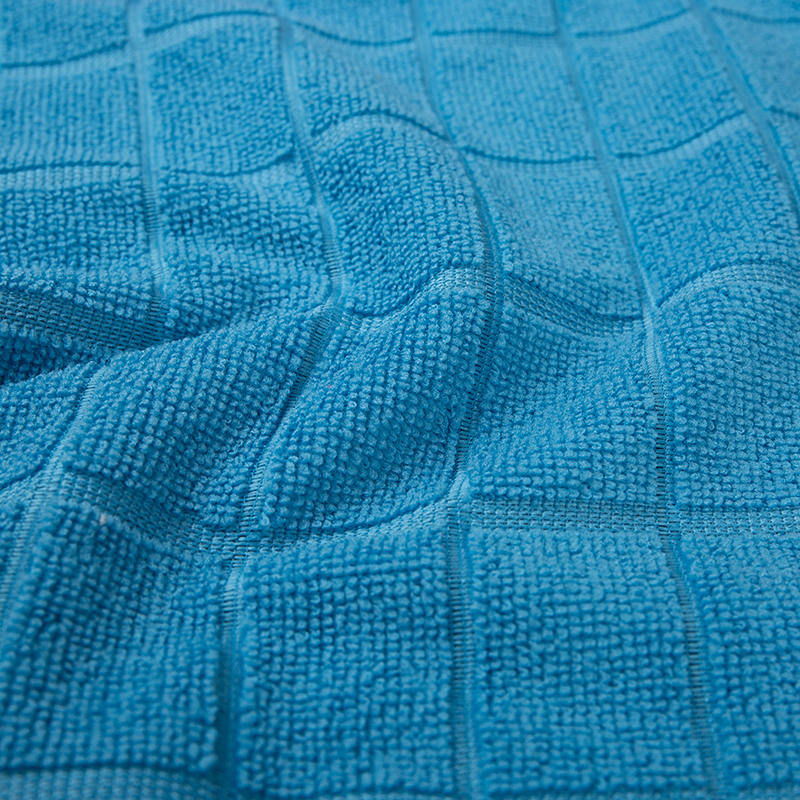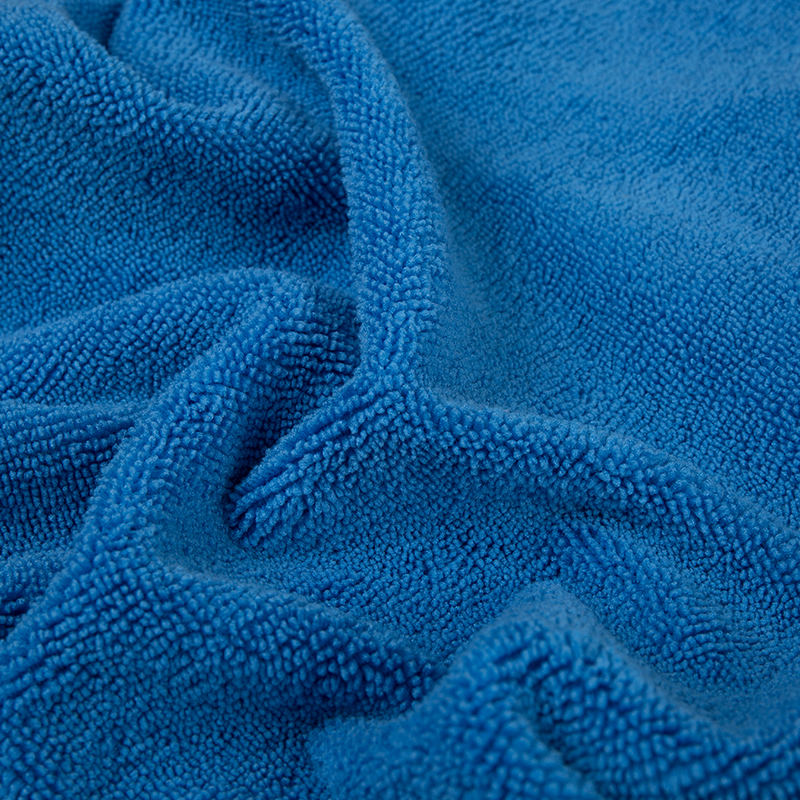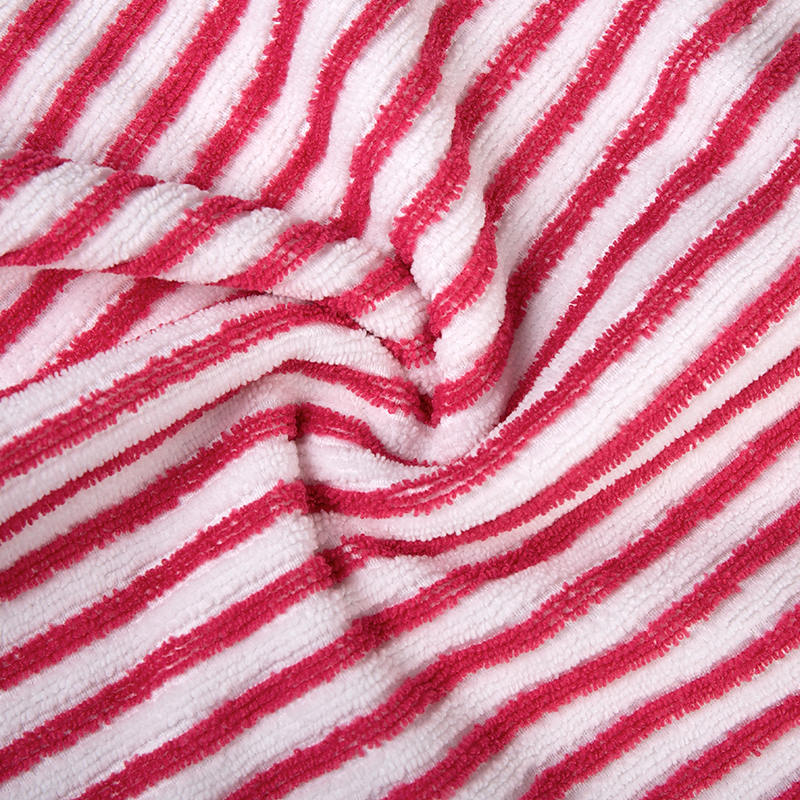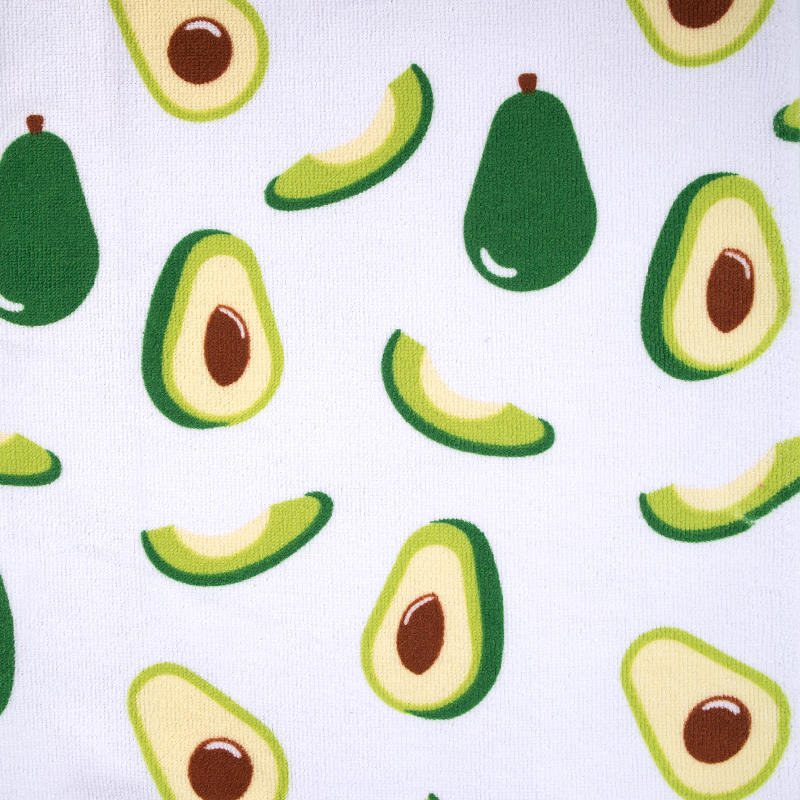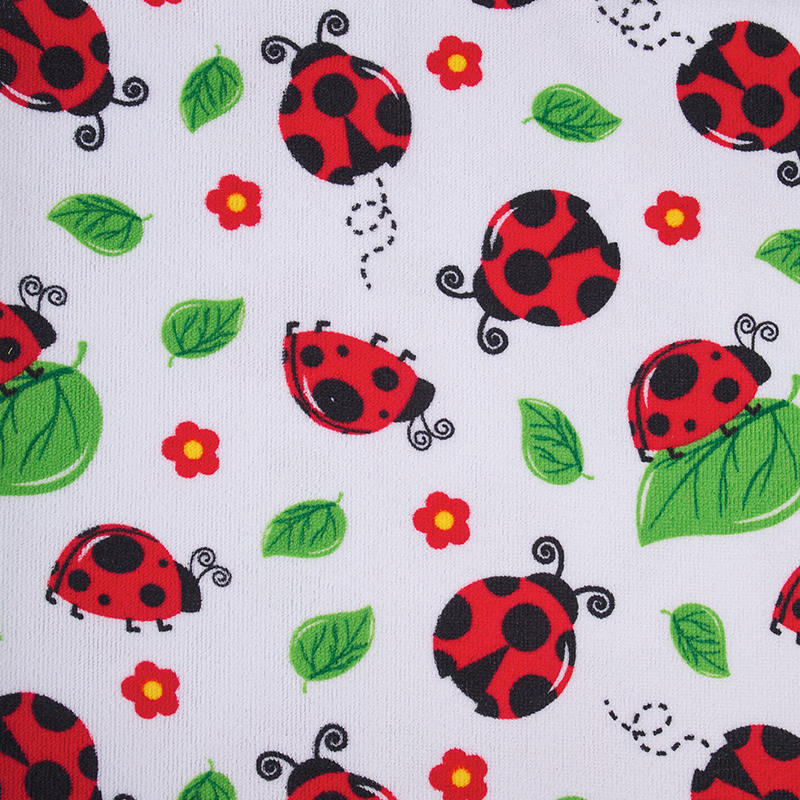A New Standard in Textile Comfort
In recent years, the textile industry has consistently explored ways to combine durability with comfort. Among the many innovations, crystal super soft fabric has captured attention due to its unmatched tactile softness. Unlike conventional plush materials, this fabric provides a luxurious hand feel while maintaining lightweight flexibility, making it suitable for both apparel and home textile applications. The unique texture is not only about smoothness but also about how the fibers interact with the skin, creating an almost weightless sensation.
The Science of Ultra Softness
The softness of crystal super soft fabric originates from its fiber structure. By utilizing high-density polyester filaments in a finely woven arrangement, the fabric achieves a velvety surface with a uniform pile. This structural design ensures that the contact points with the skin are minimized, leading to reduced friction and enhanced comfort. At the same time, the fibers exhibit durability, which allows the softness to remain intact after multiple uses or washes.
Comparing Softness Across Fabrics
One effective way to understand the role of crystal super soft fabric is through comparison. In the textile market, different fabrics aim to achieve softness, but each comes with varying levels of density, weight, and breathability. The following table presents a comparison:
| Fabric Type | Softness Level | Density | Weight | Breathability | Durability |
|---|---|---|---|---|---|
| Crystal Super Soft Fabric | Ultra soft | High density | Lightweight | Moderate | Long-lasting |
| Coral Velvet Fabric | Soft | Medium density | Medium weight | Moderate | Good |
| Regular Plush Polyester Fabric | Medium soft | Medium density | Heavy | Low | Moderate |
| Cotton Fleece | Soft | Low density | Medium weight | High | Moderate |
Beyond Blankets: Expanding Applications
While often associated with blankets and throws, crystal super soft fabric is increasingly used in broader sectors. Upholstery designers utilize it for cushions and furniture coverings, appreciating its combination of softness and resistance to wear. In clothing, its lightweight structure provides warmth without bulk, making it suitable for loungewear and outerwear linings. Even in toy manufacturing, the fabric ensures both safety and comfort by offering a smooth texture that remains intact under frequent handling.
Durability Without Compromise
One critical misconception about ultra soft fabrics is their supposed fragility. However, crystal super soft fabric demonstrates that softness does not have to come at the expense of strength. Its polyester base contributes to resilience against pilling, shrinking, and shape deformation. Washability is another feature that enhances its practicality; the fabric maintains its hand feel after repeated cleaning cycles, positioning it as a long-term option rather than a disposable choice.
The Eco-Friendly Consideration
As sustainability becomes a decisive factor in textile development, the adaptability of crystal super soft fabric allows it to integrate with eco-friendly processes. Manufacturers are exploring recyclable polyester alternatives and low-impact dyeing methods to reduce environmental impact. Although softness remains the core feature, the potential for eco-friendly crystal super soft fabric highlights a future where tactile comfort aligns with responsible production.
Market Implications of Premium Softness
Consumer preference is increasingly shaped by sensory experience. In the case of textiles, the demand for ultra softness is no longer limited to luxury markets but extends to mainstream applications. The introduction of premium crystal super soft fabric material addresses this demand, offering a product that appeals to both affordability and high-end expectations. Its ability to balance performance with comfort redefines how buyers perceive value in the textile industry.
Positioning Against Other Fabrics
Softness is not a singular measure but an interplay of density, surface treatment, and fiber quality. Compared to coral velvet or fleece, crystal super soft fabric provides a smoother hand feel with less weight, making it versatile across seasons. Unlike heavy plush polyester, it avoids the bulkiness that limits mobility in apparel, while still retaining warmth and durability. This positioning allows it to occupy a unique market segment between casual comfort and luxury.
Future Development Trends
The evolution of crystal super soft fabric will likely move in three directions:
- Functional Integration – Combining softness with added properties such as moisture resistance or antibacterial treatment.
- Sustainability – Wider adoption of recycled fibers to support eco-friendly production.
- Design Versatility – Expanding its role in interior design and fashion, supported by dyeing and printing innovations.
Conclusion
The defining feature of crystal super soft fabric lies in its tactile comfort, which transcends traditional limitations of plush materials. Its softness is engineered through precise fiber structuring, providing users with a product that is lightweight, durable, and versatile. As consumer expectations continue to prioritize sensory experience, this fabric sets a benchmark for what ultra softness can achieve in the textile industry. Its growing applications, from blankets to upholstery and apparel, confirm that softness is not just a luxury but a functional advantage that influences purchasing behavior and design trends alike.

 English
English Español
Español 中文简体
中文简体
